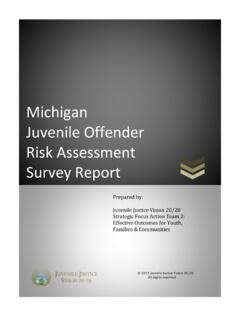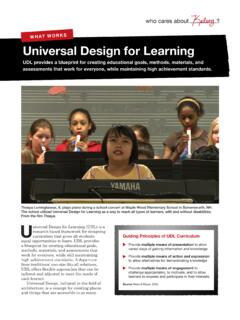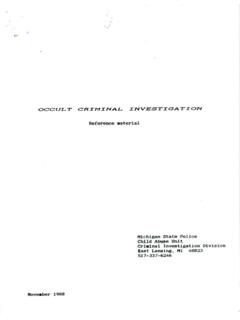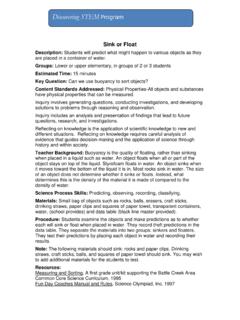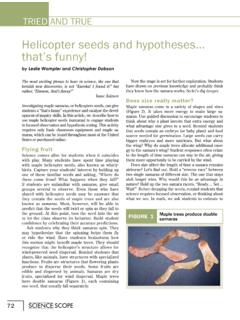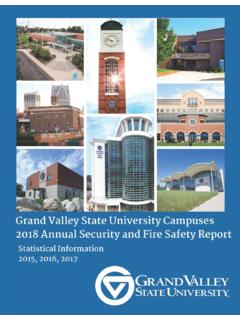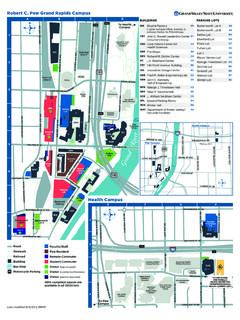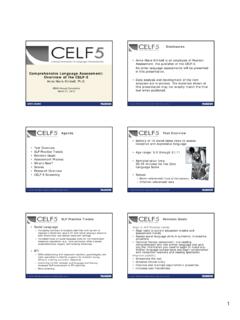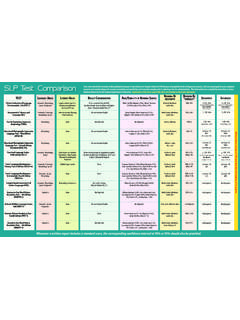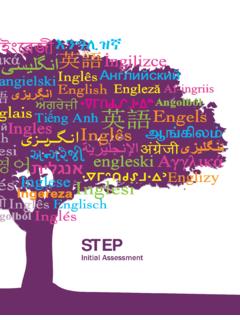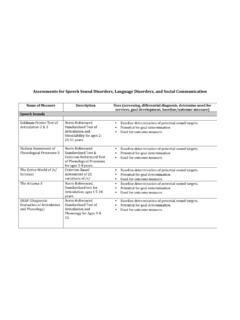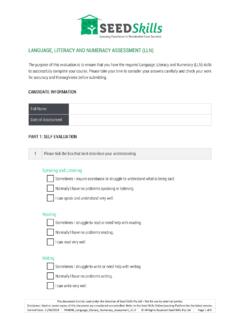Transcription of Speech-Language Diagnostic Evaluation Report
1 Speech-Language Diagnostic Evaluation Report NAME: D (full name redacted) SCHOOL: redacted DATE OF BIRTH: redacted CHRONOLOGICAL AGE: 3;7 TEACHER: Ms. Penny GRADE: Preschool EXAMINER: Redacted Evaluation DATE: 9/28/17 HISTORY INFORMATION: D, a three-year, seven-month-old male, was seen for a speech and language assessment at the [school name redacted] on September 28, 2017. Students at [school name redacted] were evaluated as a part of a program for high-risk preschoolers. Additional information from D s family, teacher, or medical history was not attained. assessment FINDINGS HEARING SCREENING: D s hearing was not screened at the time of assessment . ORAL MOTOR STRUCTURE/FUNCTION: A thorough oral-facial examination was not completed; however, D s face, mouth, and mandible (jaw) appeared symmetrical.
2 His lips remained closed at rest, and there was no evidence of a repaired cleft lip or additional inhibitory scar tissue. ARTICULATION Evaluation : The Goldman-Fristoe Test of Articulation 3 (GFTA-3) was administered as a formal assessment of D s articulation of consonant sounds at word level. During the GFTA-3, the student spontaneously or imitatively produces a single-word label after looking at pictures. Performance on this measure aides in diagnosis of a speech sound disorder, which is difficulty with sound production or delayed phonological processes. The former affects a specific speech sound in all word positions. In example, an individual with a phonetic error during the production of s will present this error in initial ( soft ), medial ( blessing ), and final position ( looks ). A phonological process simplifies adult speech through errors in patterns of sounds.
3 Examples include consistently substituting difficult consonants ( r ) with ones that are easier to produce ( w ) or reducing/deleting the consonant cluster, or blend ( str to just t ). The speech sounds are produced accurately but are not organized correctly within the individual s speech . While most of these types of errors are considered normal during language acquisition, all are typically suppressed gradually in children s speech during the ages of 3-5 years. The GFTA-3 provides standardized scores with a mean score of 100, and a standard deviation of 15. Standard scores between 85 and 115 are considered to be within the typical range. A standard score of 100 was obtained for D, which falls within normal limits. The following errors were noted: Initial Medial Final p pig, pajamas g - tiger s - house q - quack r - giraffe sh - fish d - drum t - vegetable f - leaf v - vacuum l - yellow ch - watch l - lion th - brother r ring, red sl - slide sh - shovel tr - truck pl - plate None of these speech sound errors were present consistently in D s speech .
4 These sounds were elicited correctly in other opportunities during the assessment . The most common phonological process was gliding: substituting y or w for r or l. However, this process only presented in 21% of the total opportunities, and gliding is one of the last processes to be suppressed at 5 years of age. Therefore, this phonological process is not a cause for concern. These results indicated average articulation skills with no disordered or delayed phonological processes present. language Evaluation : Formal and informal Evaluation measures were used to evaluate D s language skills. language was informally assessed during a 5-minute play sample. The Peabody Picture Vocabulary Test, Fourth Edition (PPVT-4) was administered to assess receptive vocabulary. This formal Evaluation measures only words that D comprehends.
5 The student is asked to point to the appropriate visual representation of the target word from a field of four on a stimulus book. The PPVT-4 provides standardized scores with a mean score of 100, and a standard deviation of 15. Standard scores between 85 and 115 are considered to be within the typical range. A standard score of 68 was obtained for D, falling more than 2 standard deviations below the mean. D incorrectly identified vocabulary from all categories: nouns, attributes, and present participles (-ing ending that accompanies a form of to be ). The results from the PPVT-4 indicated below-average receptive vocabulary skills. VOICE Evaluation : Informal Evaluation measures were used to assess the student s voice quality, and D exhibited normal voice quality. FLUENCY Evaluation : An informal Evaluation of fluency indicated a normal speaking rate for D during the Evaluation .
6 Diagnostic IMPRESSIONS: D demonstrated appropriate articulation skills as evidenced by a standard score within normal limits on the GFTA-3. He exhibited impaired receptive vocabulary skills characterized by a score of more than 2 standard deviations below the mean on the PPVT-4. Therefore, D is able to produce intelligible speech , but understanding core vocabulary words is an area of need. Additional formal testing and analysis of the language sample should be completed in order to ascertain ability in other areas of his receptive and expressive language . PROGNOSIS: Prognosis for D s improvement in language abilities with treatment is good, provided his continued participation and motivation. In addition to intervention, he will also have a language -rich learning environment at school and extensive support from his classroom teachers.
7 _____ _____ Courtney Karasinski, , CCC-SLP [student name redacted] Speech-Language Pathologist Student Clinician
